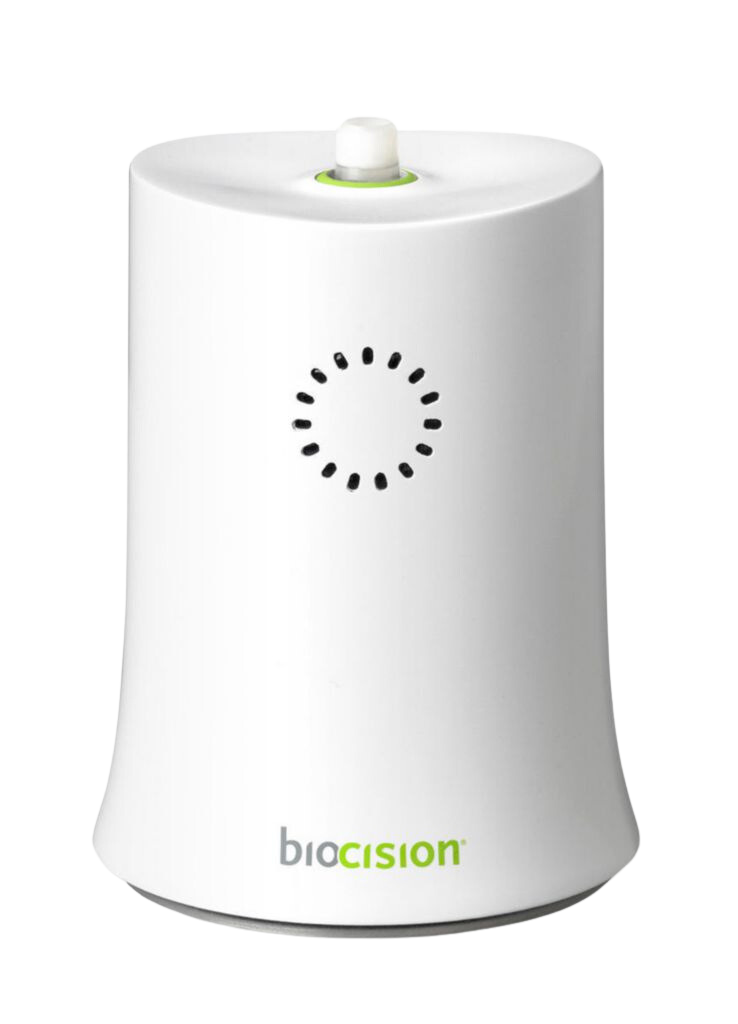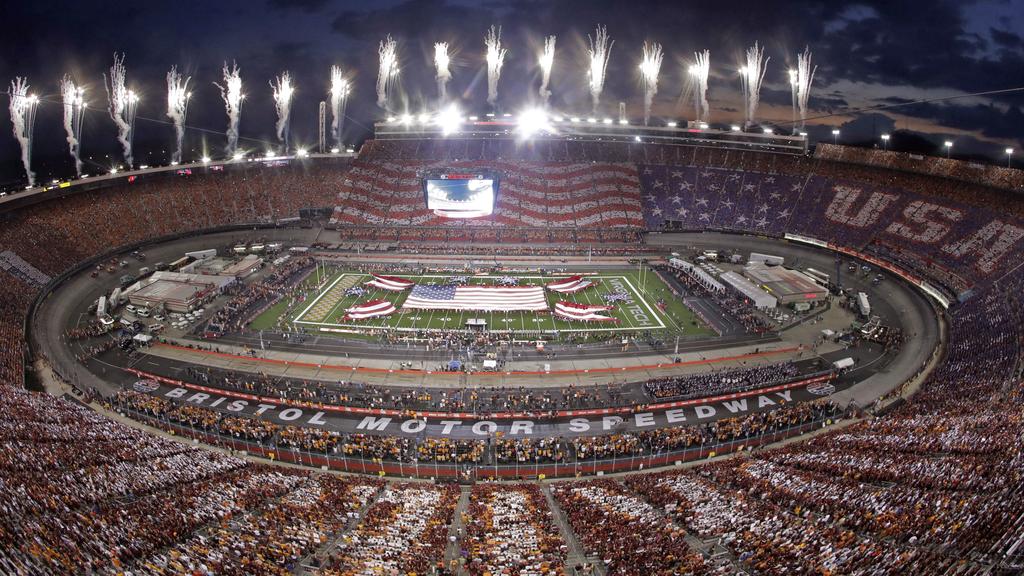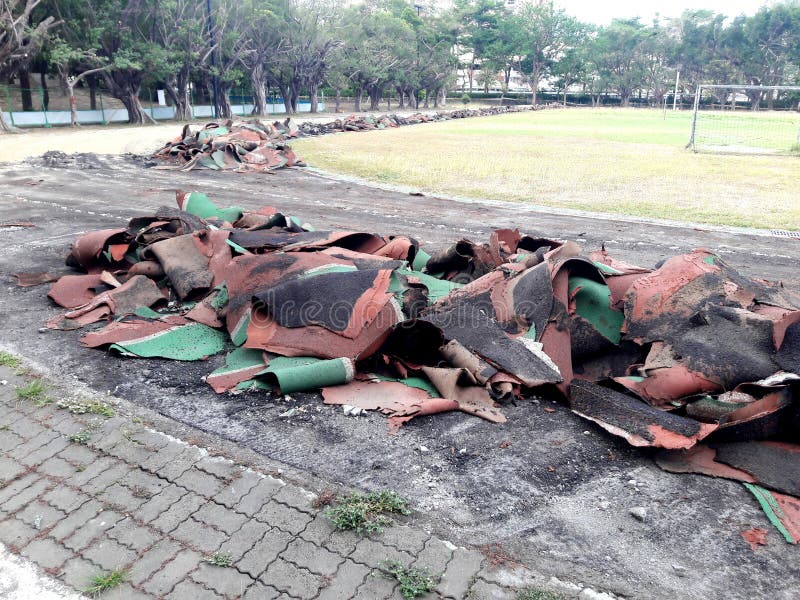Automated Visual Inspection Of Lyophilized Vials: Challenges And Solutions

Table of Contents
Challenges in Automated Visual Inspection of Lyophilized Vials
Automated visual inspection of lyophilized vials presents several significant challenges that impact the speed, accuracy, and overall efficiency of the process. These challenges stem from inherent variability in the lyophilization process itself, limitations of existing technologies, and stringent regulatory requirements.
Variability in Lyophilization Processes
Inconsistencies during lyophilization create variations in vial appearance, making automated defect detection difficult. These variations can manifest in several ways:
- Variations in cake formation: Cracking, collapse, or uneven sublimation of the lyophilized drug product can lead to inconsistencies in appearance, making automated detection challenging. The subtle nature of these defects often requires sophisticated imaging techniques for reliable identification.
- Presence of particulate matter or foreign bodies: Small particles or foreign materials within the vial are critical defects that need to be identified. Automated systems must be sensitive enough to detect these while minimizing false positives caused by similar-sized variations in the lyophilized cake.
- Uneven fill levels: Variations in the fill level of the vials can complicate automated inspection, as inconsistencies might be mistaken for defects if not properly accounted for in the inspection algorithm.
- Differences in vial clarity and color: Slight variations in the clarity or color of the glass vials themselves can interfere with accurate defect detection. Advanced imaging techniques need to compensate for these variations to ensure reliable results.
Limitations of Current Technologies
Existing automated visual inspection systems often face limitations in effectively detecting specific lyophilized vial defects. These limitations can result in reduced efficiency and increased costs:
- Difficulties distinguishing between acceptable variations and critical defects: The line between acceptable variations in the lyophilization process and actual defects can be blurry. Sophisticated algorithms are needed to differentiate between these, minimizing false positives and ensuring only true defects are flagged.
- High false-positive rates leading to wasted product: A high rate of false positives leads to unnecessary rejection of good vials, resulting in wasted product and increased costs. Improved algorithms and advanced imaging techniques are crucial to minimize this issue.
- High initial investment costs and complex integration with existing production lines: Implementing automated systems can be costly, requiring significant upfront investment and potentially disrupting existing production workflows. Modular and scalable systems help mitigate these challenges.
- Lack of flexibility to adapt to different vial types and formats: Many current systems are not easily adaptable to different vial sizes, shapes, or types, limiting their usability and flexibility across various pharmaceutical products.
Regulatory Requirements and Compliance
Stringent regulatory requirements for pharmaceutical manufacturing place significant demands on automated visual inspection systems:
- Meeting FDA and other regulatory agency guidelines for visual inspection: Compliance with guidelines like those from the FDA is paramount, demanding rigorous validation and documentation of the inspection process.
- Maintaining comprehensive data logging and traceability: Detailed records of every inspection are required for complete traceability and auditability, demonstrating compliance with regulatory standards.
- Ensuring validation and qualification of the automated inspection system: Thorough validation and qualification of the automated system is essential to demonstrate its accuracy, reliability, and suitability for its intended purpose.
Solutions for Efficient Automated Visual Inspection
Despite the challenges, advancements in technology and process optimization are providing effective solutions for automated visual inspection of lyophilized vials.
Advanced Imaging Techniques
Implementing advanced imaging techniques significantly enhances the accuracy and reliability of automated visual inspection:
- High-resolution cameras with enhanced lighting techniques (e.g., structured lighting): High-resolution cameras, coupled with advanced lighting techniques like structured lighting, improve the visibility of subtle defects. Structured lighting creates patterns that highlight surface irregularities more effectively.
- Multispectral imaging to detect subtle defects invisible to the naked eye: Multispectral imaging uses multiple wavelengths of light to capture a wider range of information about the vial's contents, revealing defects that are imperceptible under normal visible light.
- AI-powered image analysis algorithms for improved defect classification: Artificial intelligence and machine learning algorithms improve defect classification accuracy by learning from vast datasets of images, adapting to variations and improving over time.
Improved System Design and Integration
Careful system design and seamless integration with existing production lines are crucial for maximizing efficiency:
- Modular systems for adaptability and scalability: Modular systems allow for easier customization and adaptation to changing needs, enabling scalability to accommodate varying production volumes.
- User-friendly interfaces for easy operation and maintenance: Intuitive interfaces simplify system operation and maintenance, reducing downtime and training costs.
- Robust data management systems for traceability and compliance: Reliable data management systems ensure complete traceability and compliance with regulatory requirements.
Data Analytics and Process Optimization
Utilizing data analytics to monitor and optimize the inspection process is crucial for maximizing efficiency:
- Real-time defect tracking and analysis: Real-time monitoring enables quick identification of recurring defects, allowing for prompt adjustments to the lyophilization process.
- Predictive maintenance capabilities to minimize downtime: Predictive maintenance based on data analysis helps anticipate potential equipment failures, reducing downtime and improving overall efficiency.
- Identifying process bottlenecks and improving lyophilization parameters: Data analysis can pinpoint bottlenecks in the lyophilization process, facilitating optimization of parameters to reduce defect rates.
Conclusion
Automated visual inspection of lyophilized vials presents significant challenges, but the implementation of advanced technologies and optimized processes offers solutions for enhanced efficiency and compliance. By leveraging advanced imaging techniques, improving system design, and utilizing data analytics, pharmaceutical manufacturers can ensure the quality and safety of their products while streamlining production. Investing in robust and reliable automated visual inspection systems is essential for achieving high-quality standards in lyophilized vial production. Embrace the future of quality control with superior automated visual inspection systems tailored to your specific needs.

Featured Posts
-
 Bristol Speedway Manfred Expects Record Breaking Crowd
May 11, 2025
Bristol Speedway Manfred Expects Record Breaking Crowd
May 11, 2025 -
 Chantal Ladesou Vie Privee Et Engagements
May 11, 2025
Chantal Ladesou Vie Privee Et Engagements
May 11, 2025 -
 Chantal Ladesou Et Lol La Verite Sur Son Absence
May 11, 2025
Chantal Ladesou Et Lol La Verite Sur Son Absence
May 11, 2025 -
 Stadium Track Renovation On Schedule For Champs
May 11, 2025
Stadium Track Renovation On Schedule For Champs
May 11, 2025 -
 Please Stop We Dont Need John Wick 5 A Critical Look At Franchise Fatigue
May 11, 2025
Please Stop We Dont Need John Wick 5 A Critical Look At Franchise Fatigue
May 11, 2025
